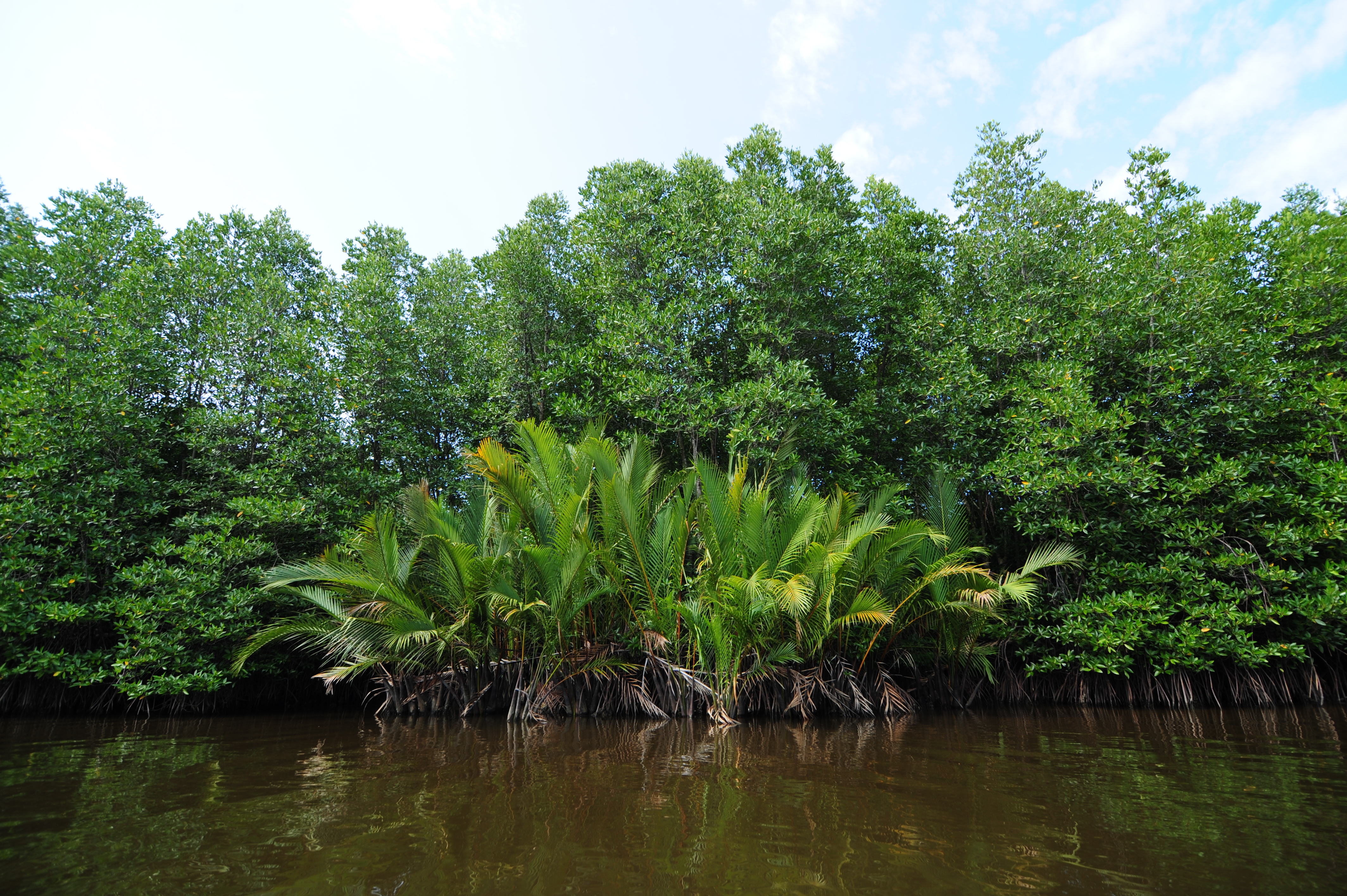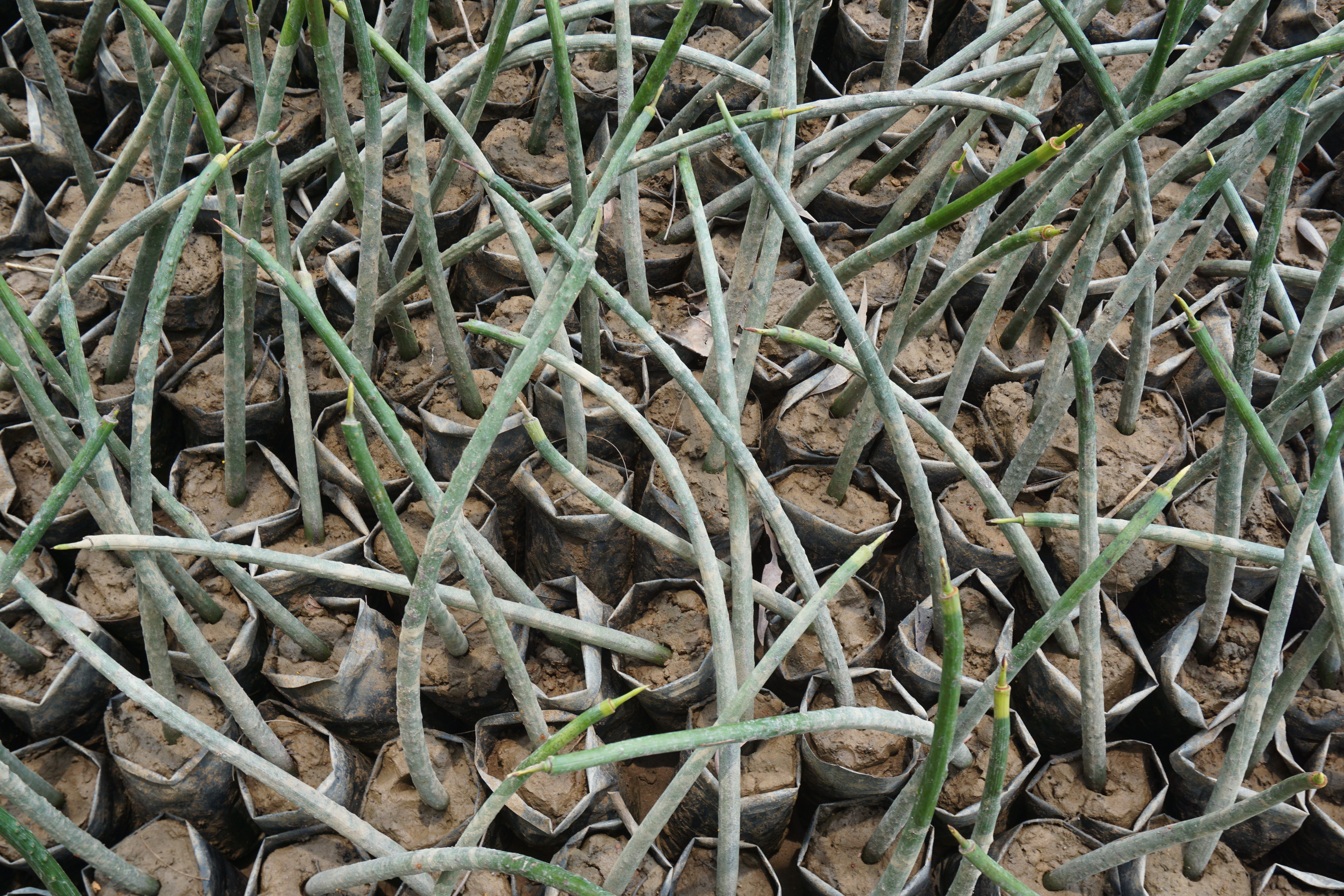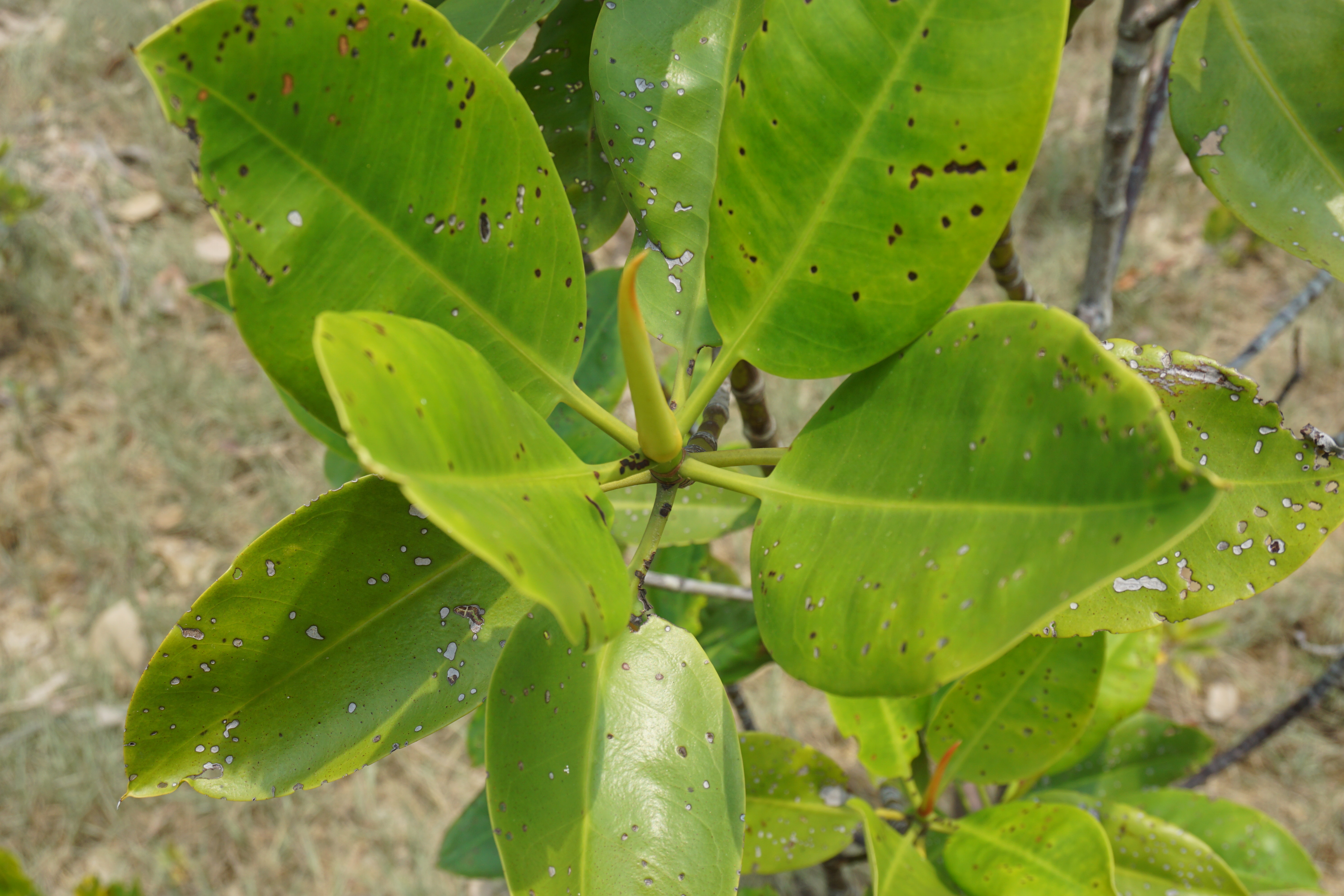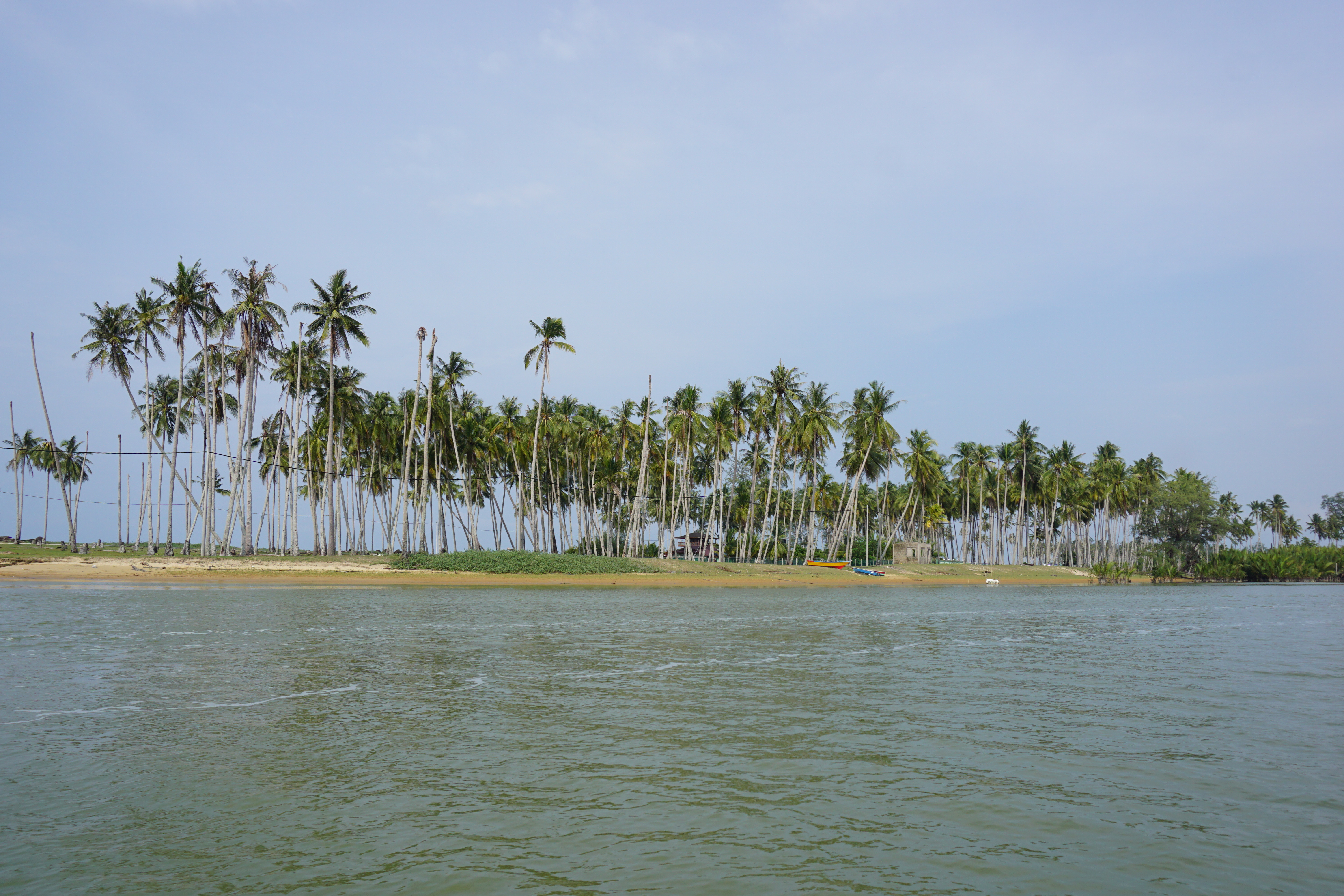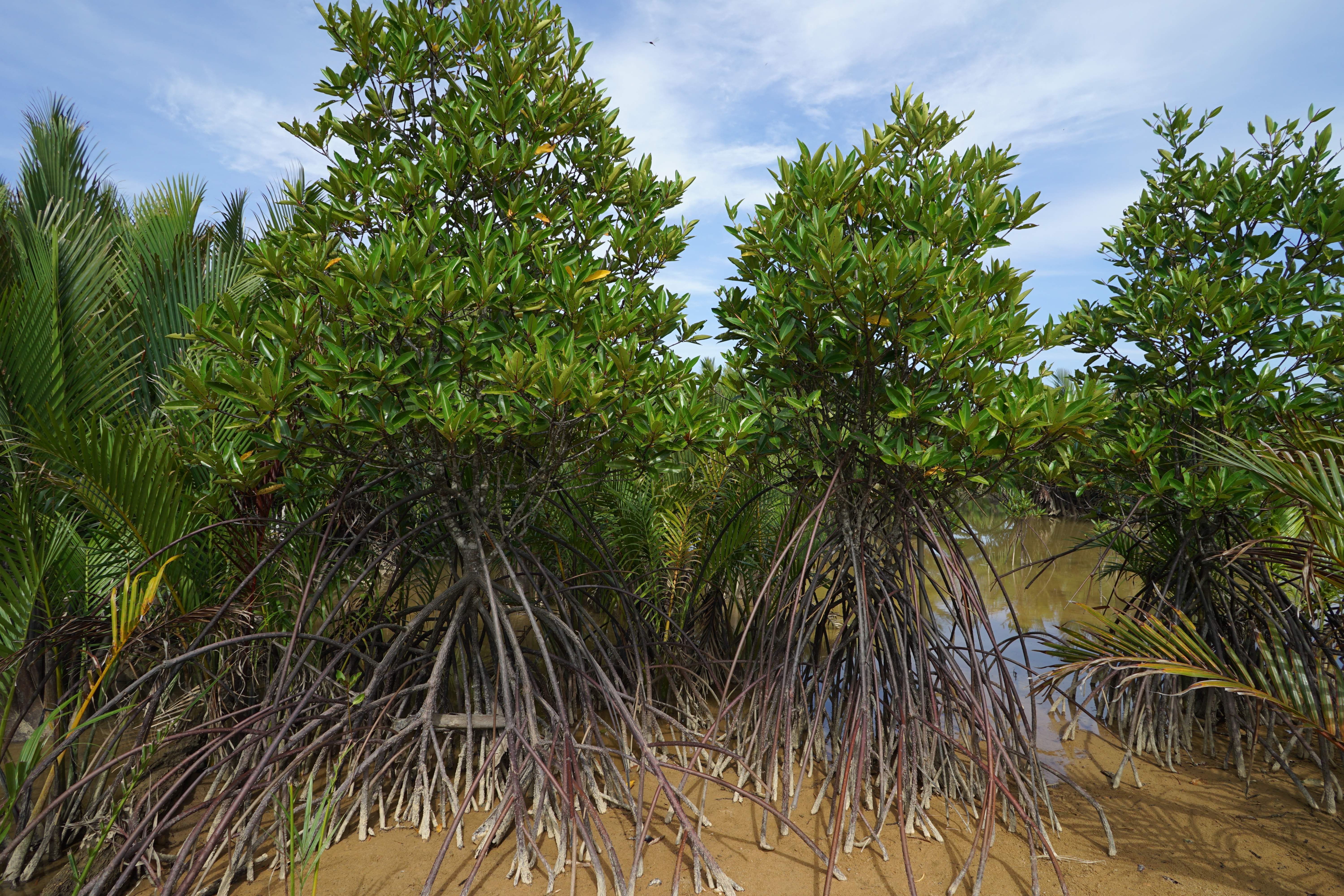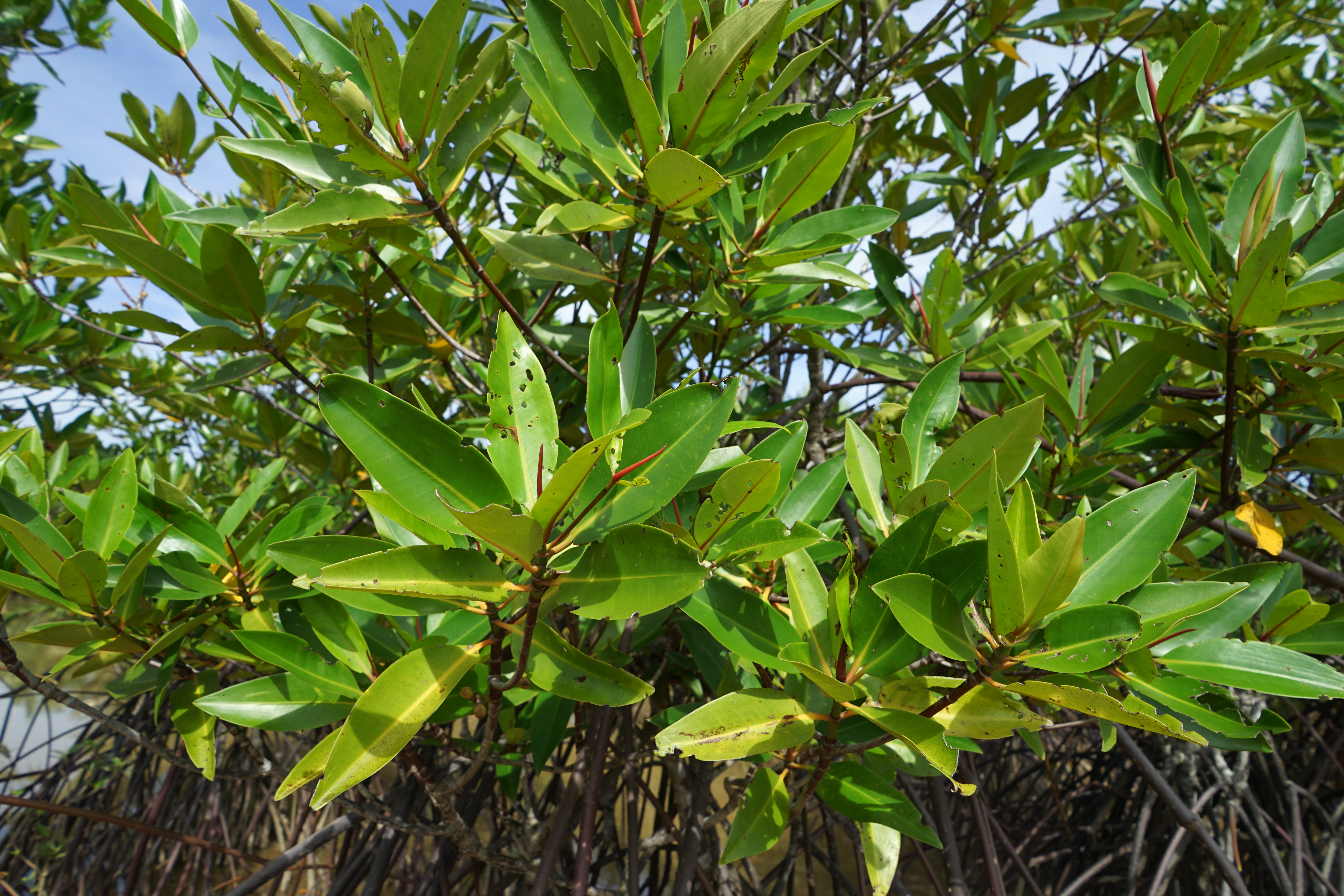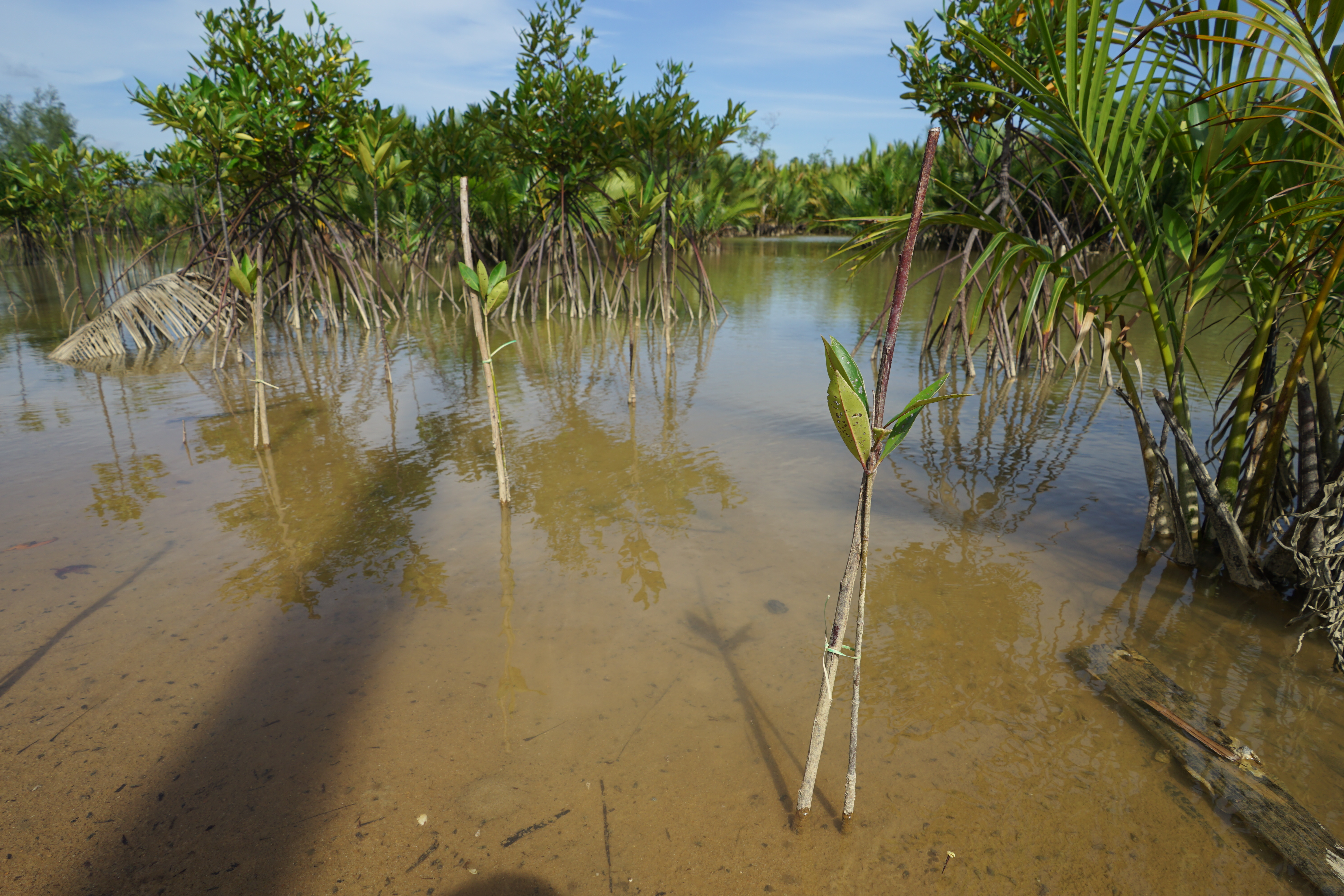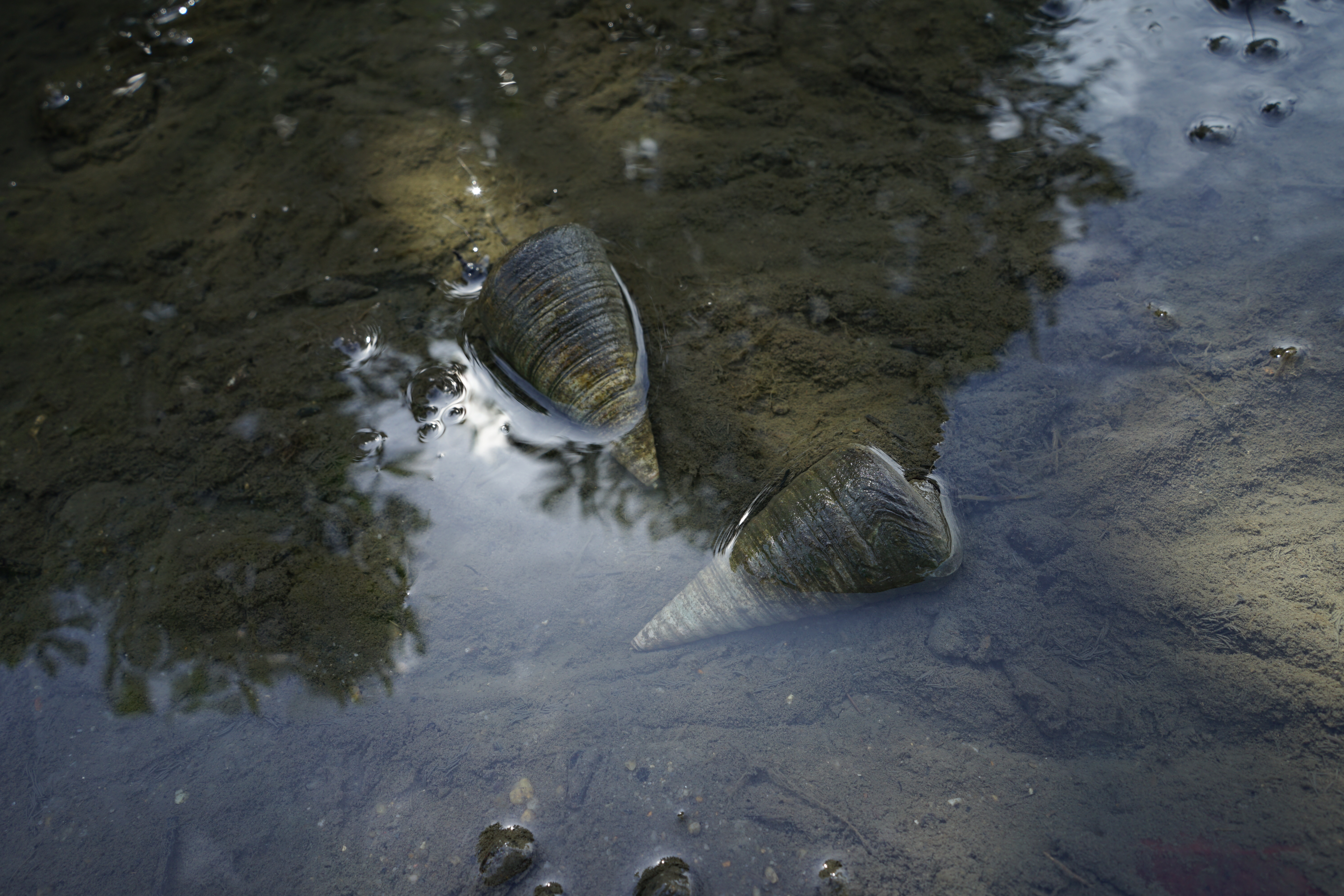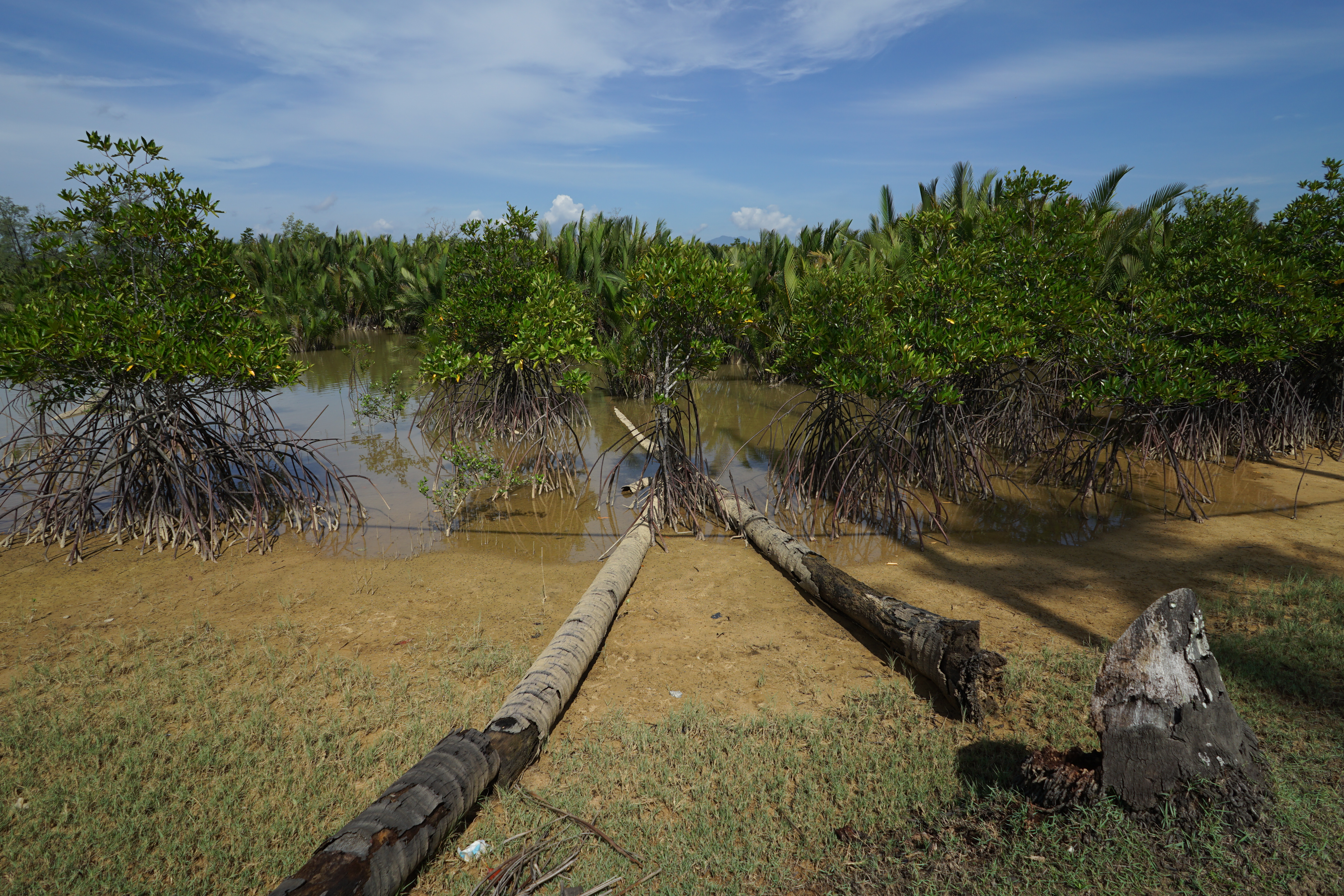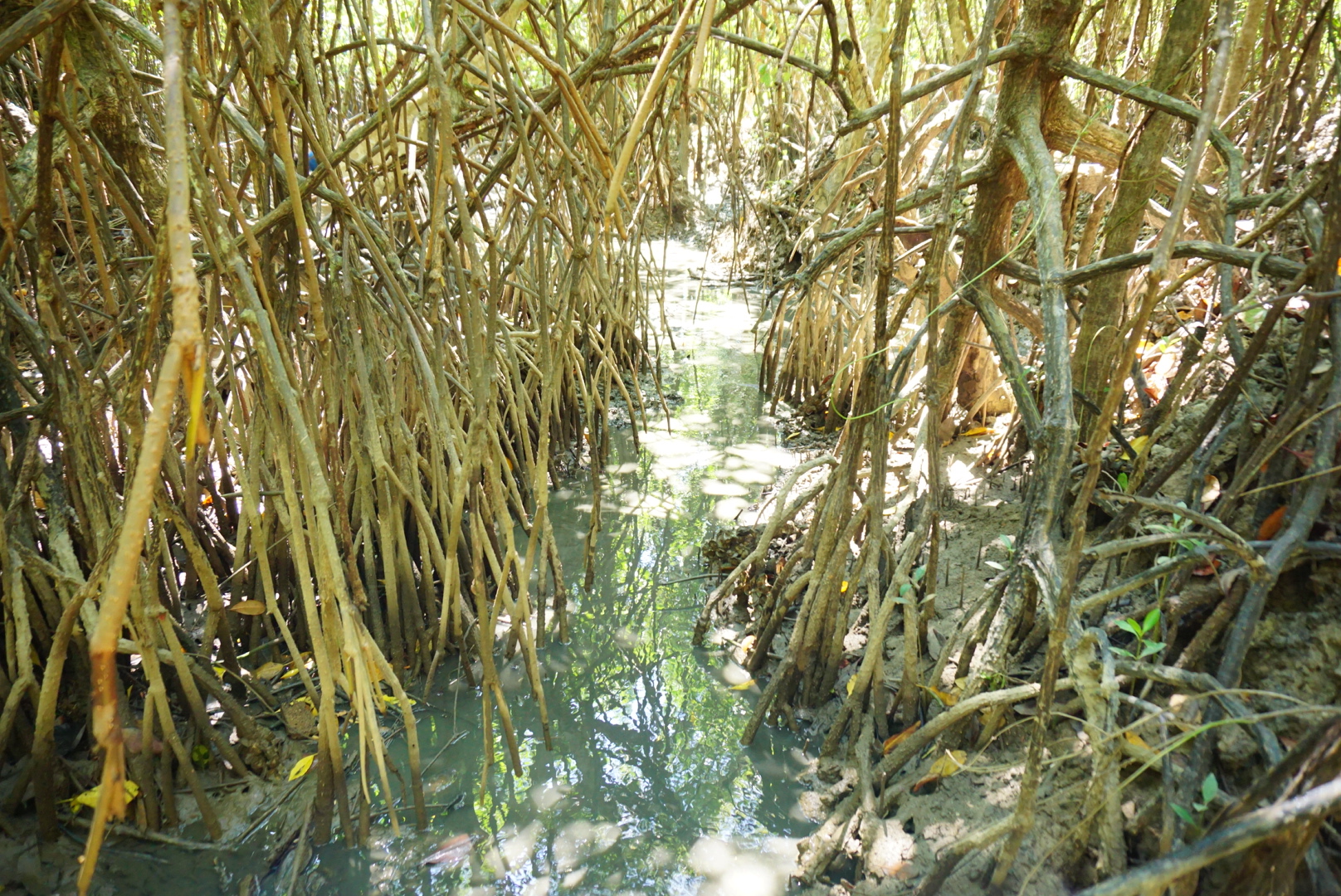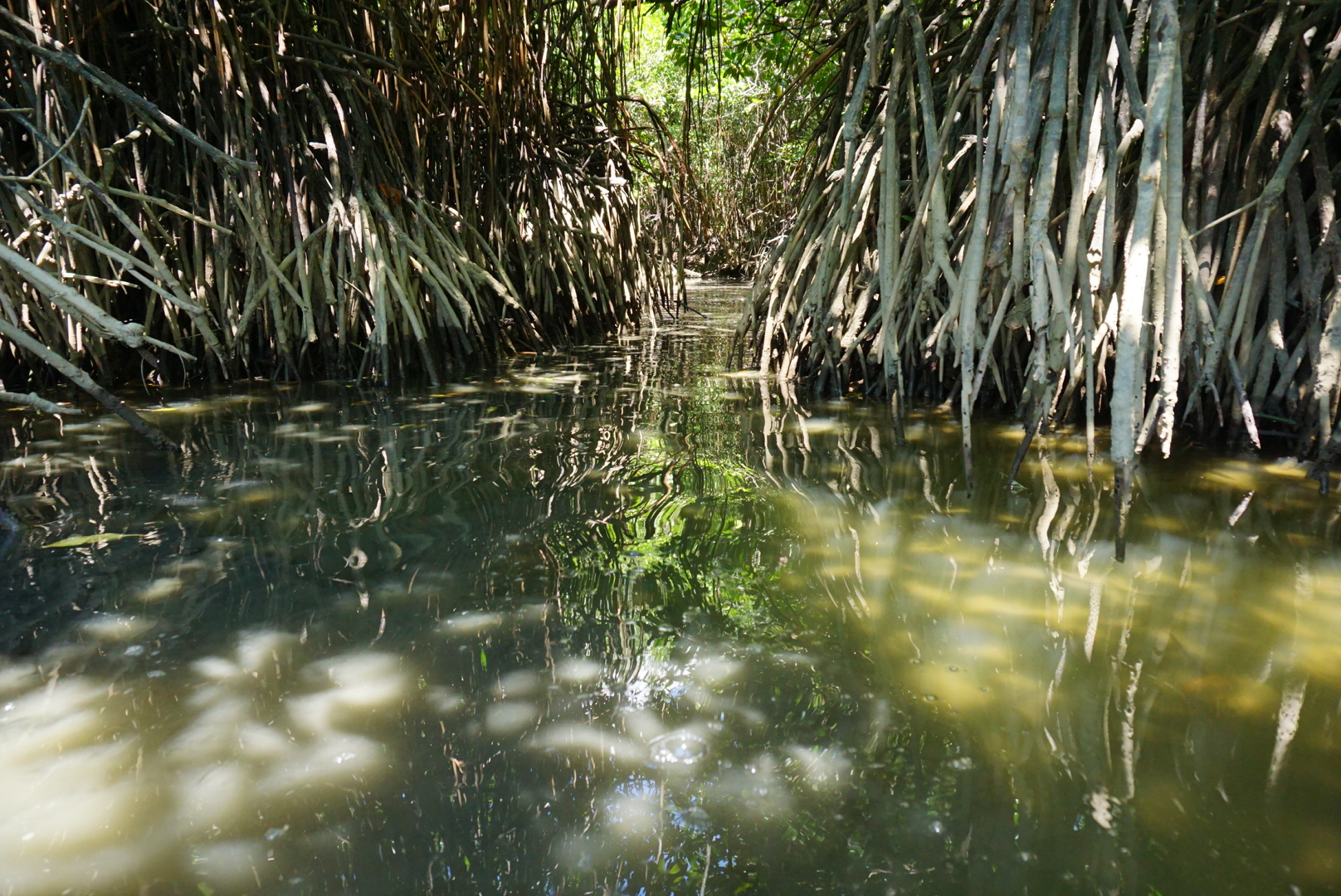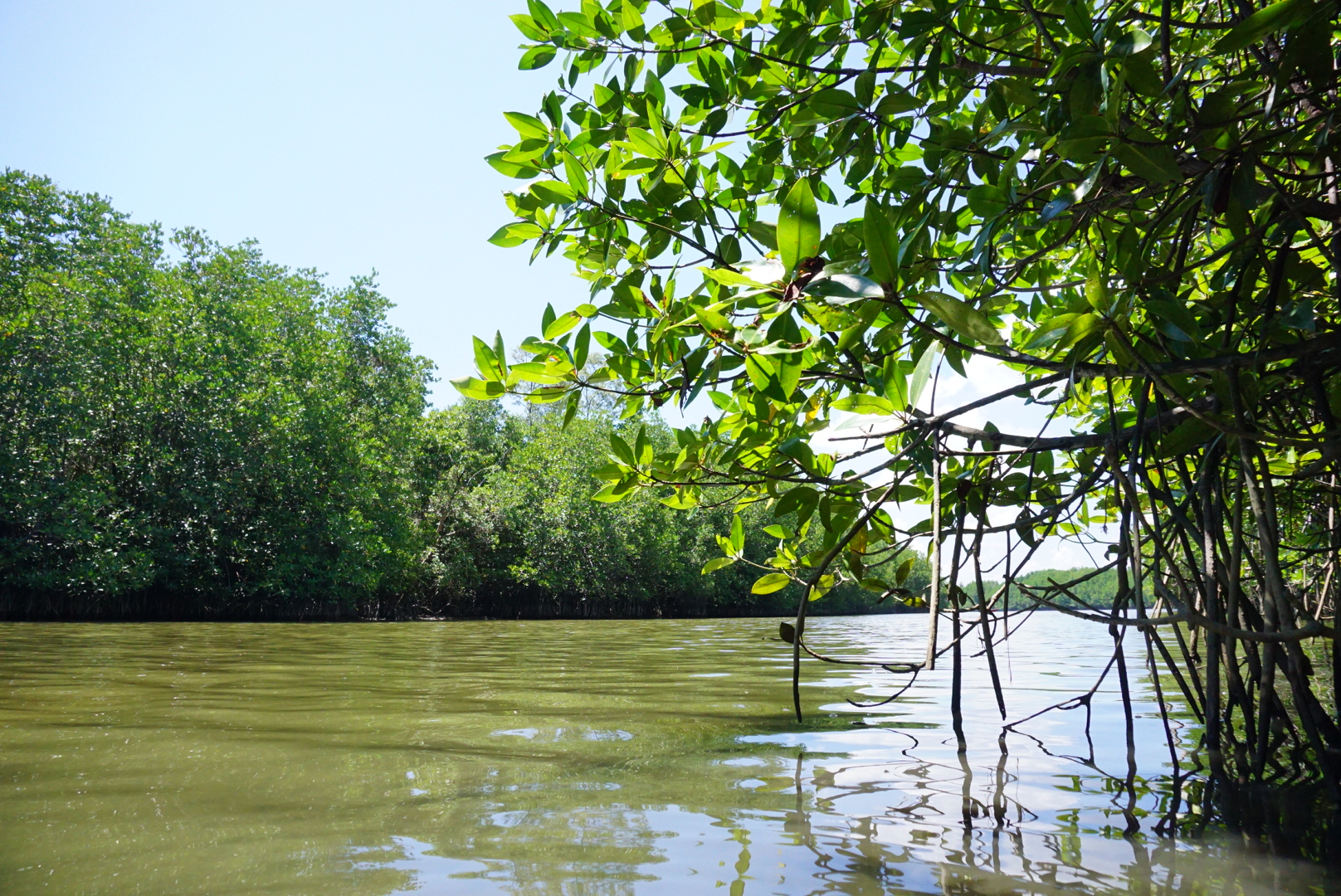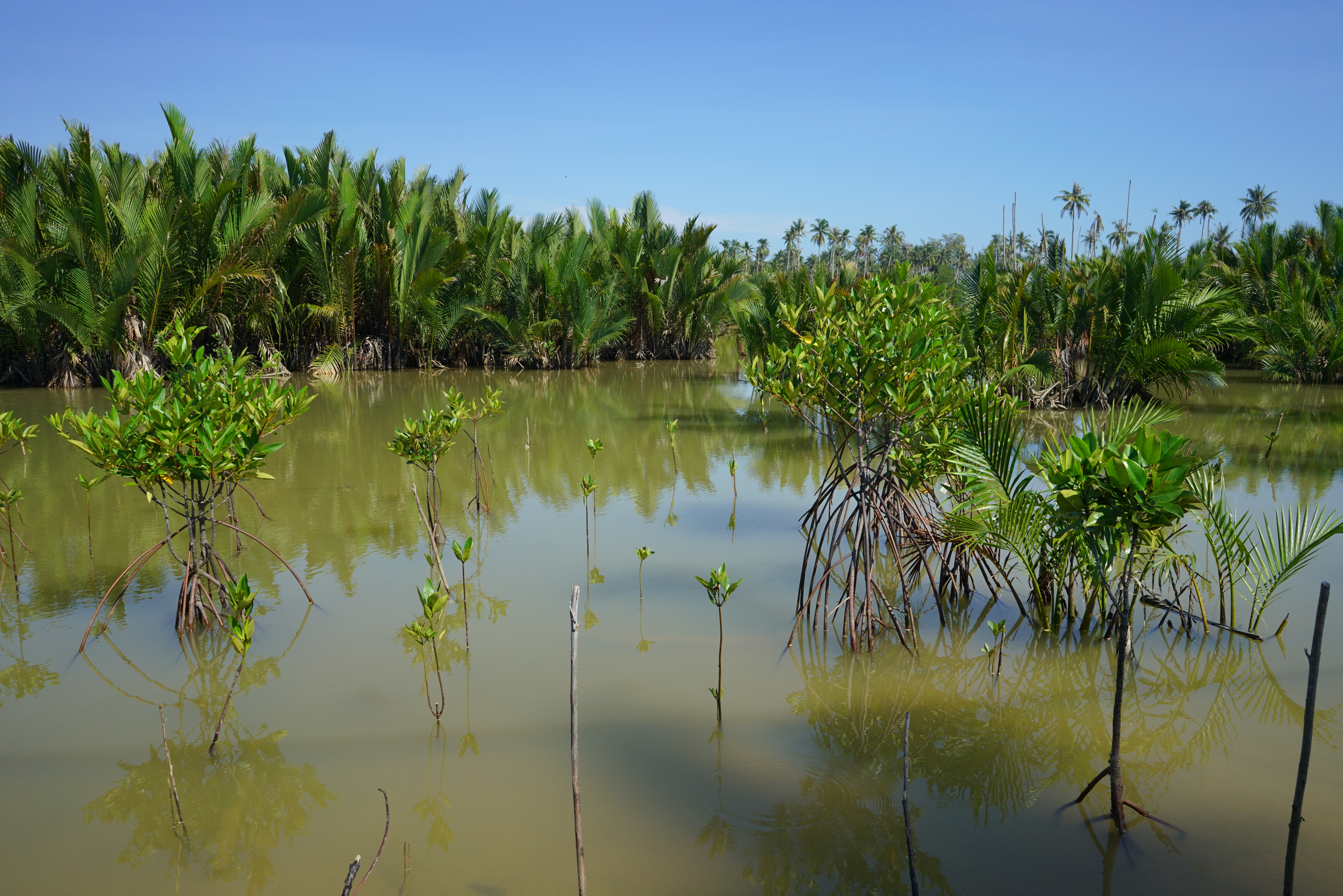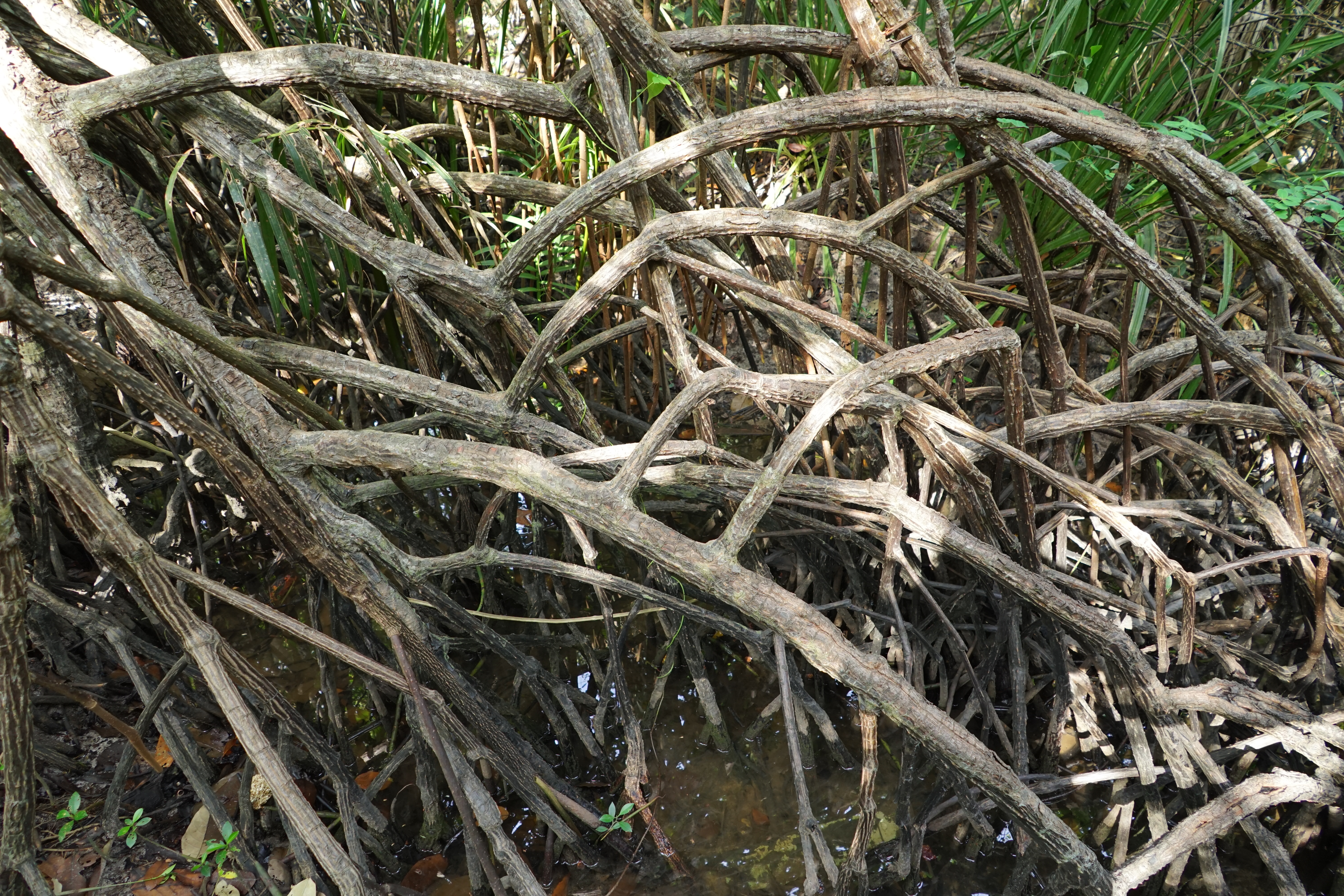
A PEACEFUL RETREAT
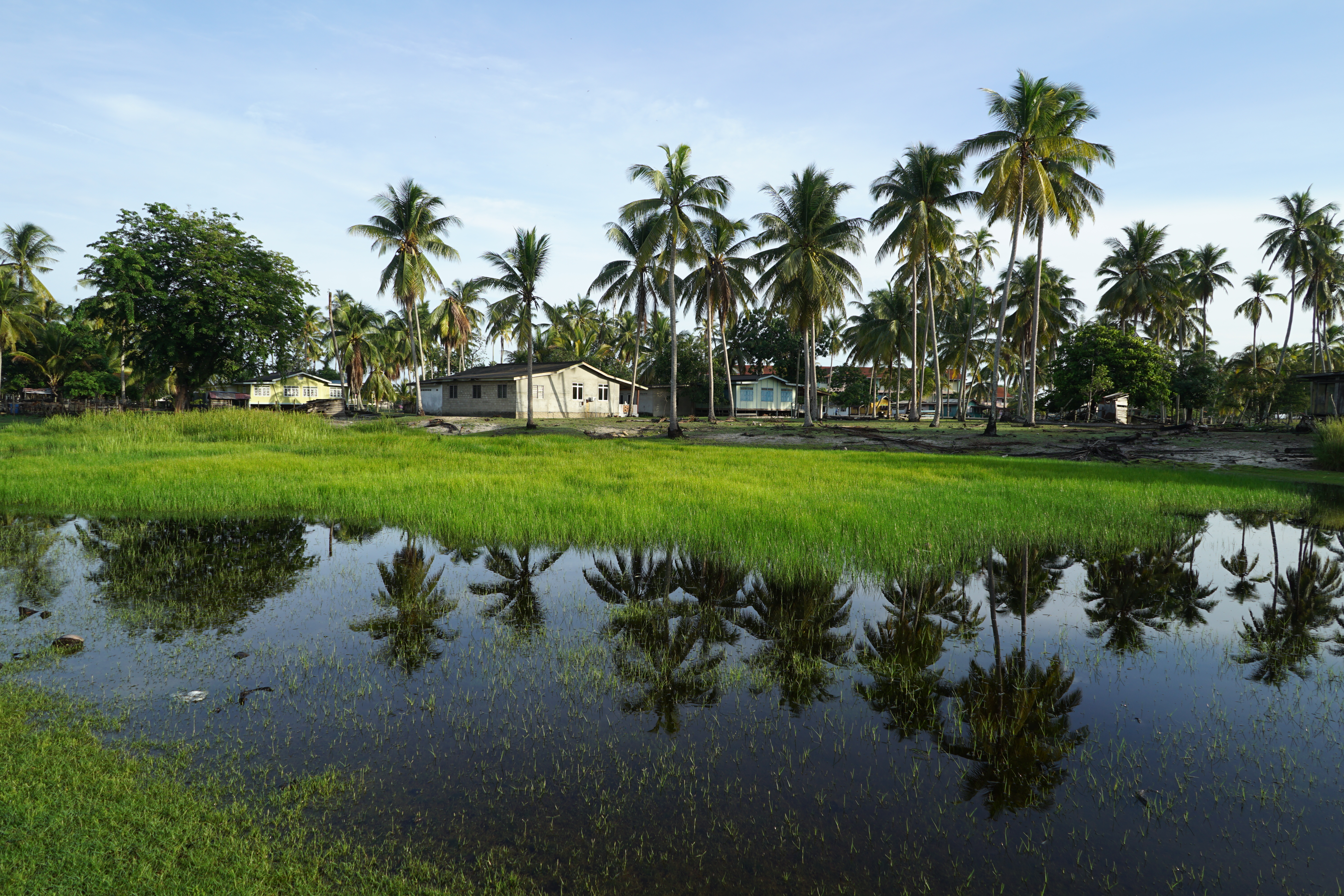
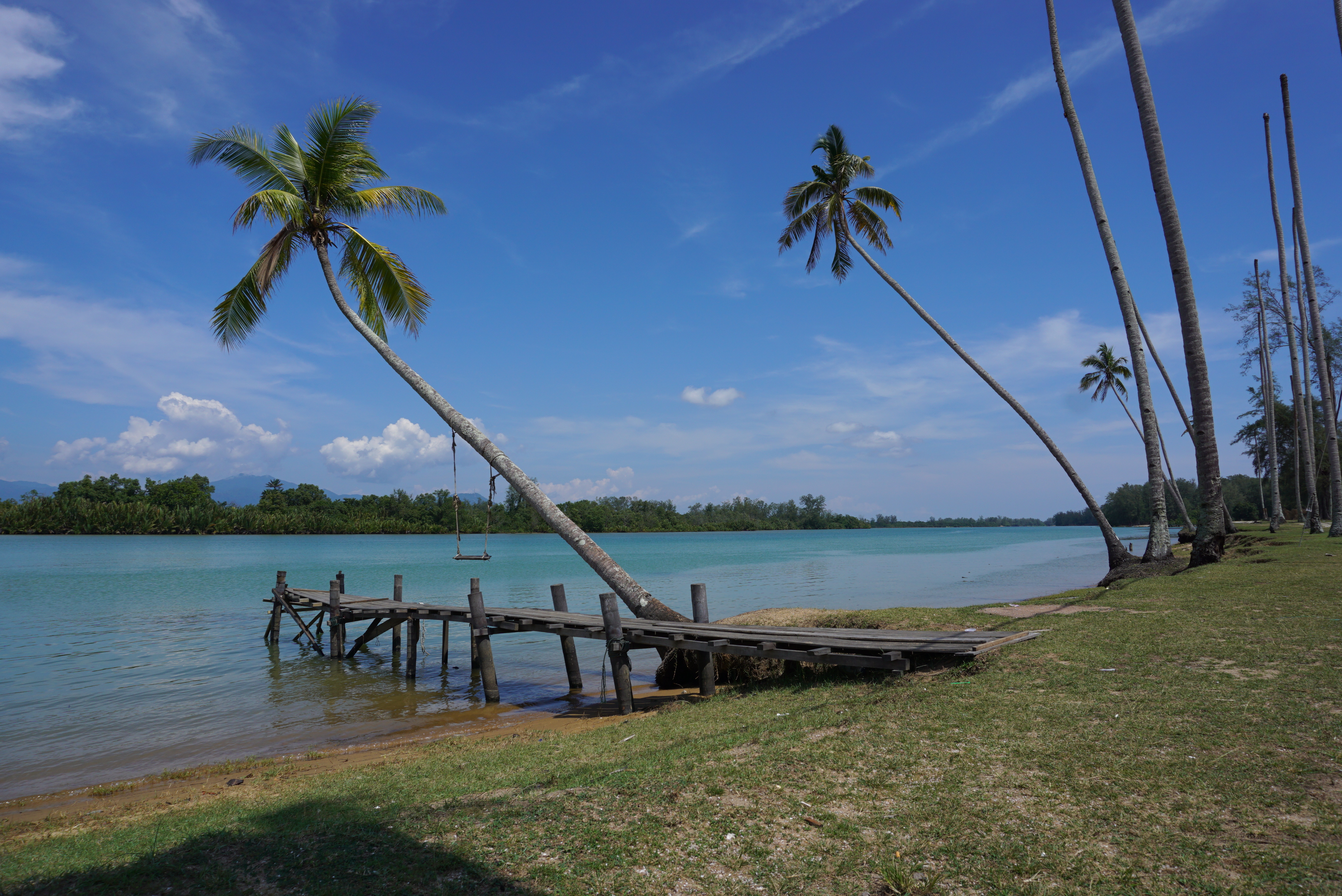

ABOUT SETIU WETLANDS
Setiu Wetlands is the largest natural wetland in the East Coast region of Peninsular Malaysia, consists of three river basins converged to form a continuous lagoon with 14 km long. It has nine interconnected ecosystems with a rich biodiversity, making it a very unique landscape which are the river, lake, lagoon, beach, sea, mudflats, coastal forest, mangroves and sand islands. There are lots of special species offered in Setiu Wetlands include the mud crabs, oysters, clams, mussels, turtle, river terrapins, rushes plants and many more.
Setiu Wetlands is the largest natural wetland in the East Coast region of Peninsular Malaysia, consists of three river basins converged to form a continuous lagoon with 14 km long. It has nine interconnected ecosystems with a rich biodiversity, making it a very unique landscape which are the river, lake, lagoon, beach, sea, mudflats, coastal forest, mangroves and sand islands. There are lots of special species offered in Setiu Wetlands include the mud crabs, oysters, clams, mussels, turtle, river terrapins, rushes plants and many more.
The Setiu Wetlands, part of the Setiu River Basin and the larger Setiu - Chalok - Bari - Merang basin wetland complex lies in Terengganu on Peninsular Malaysia’s east coast. Extending over 23,000 ha, it comprises riparian forests lining the riverbanks, freshwater melaleuca swamps, peat swamps, mangroves, brackish water lagoons with vegetated sand islands, seagrass beds and sandy beaches. It is the only wetland in Malaysia with nine interconnected ecosystems - the sea, beach, mudflat, lagoon, estuary, river, islands, coastal forest and mangrove forest.
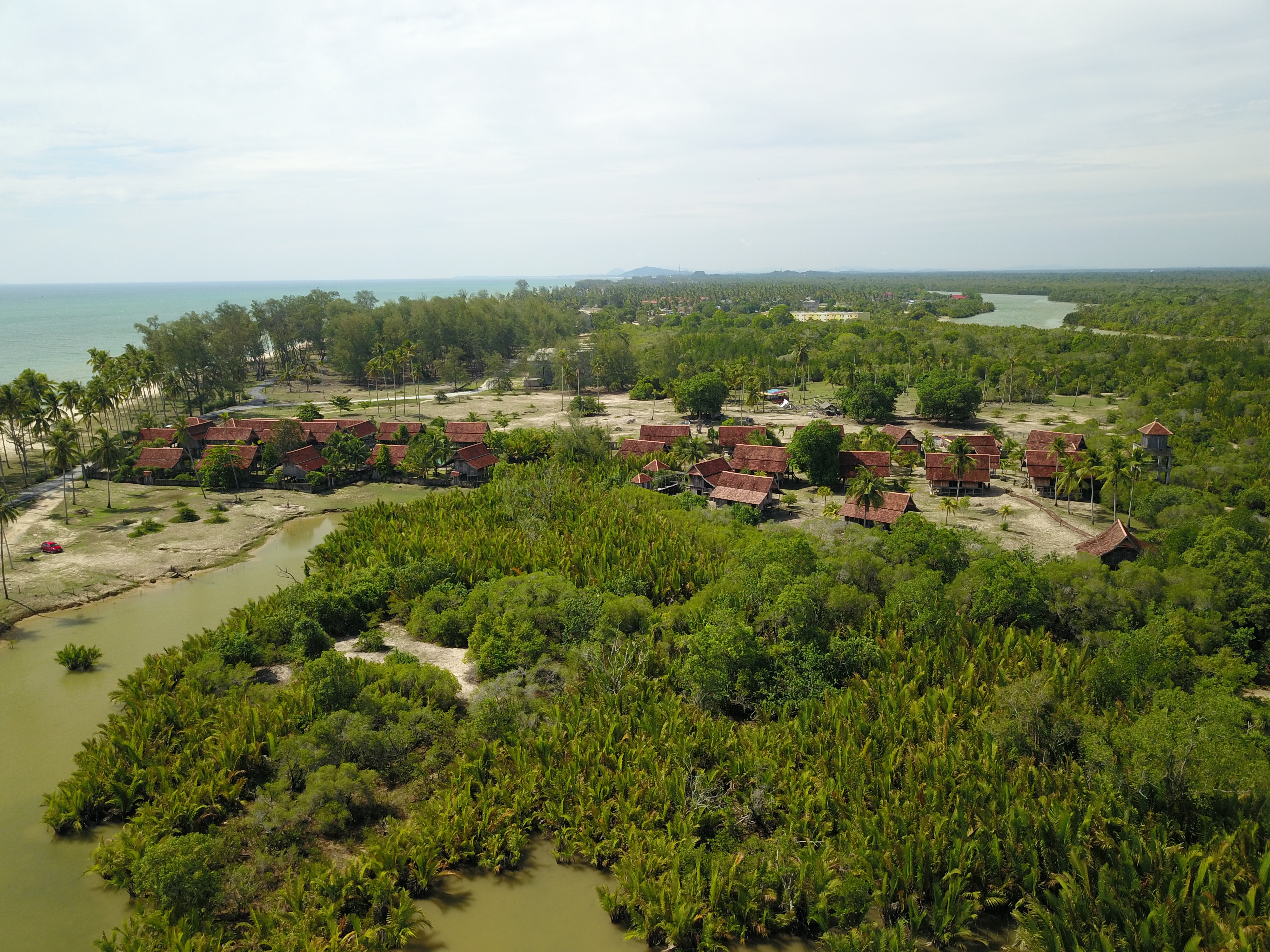
HOW TO GET HERE
GONG BATU AND PENGKALAN GELAP, LOCATED IN KAMPUNG PENARIK, SETIU ARE THE STOPPING POINTS FOR VISITS TO SETIU WETLANDS. THESE PLACES ARE ACCESSIBLE WITHIN A 1 HOUR 15 MINUTE DRIVE NORTH FROM KUALA TERENGGANU.
Setiu’s natural wetland features and elements have considerable ecotourism potential. Suitable ecotourism activities may include nature observation on the unique wetland habitat and turtle nesting, honey harvesting in the Melalueca swamps and recreational fishing. Ecotourism can generate alternative incomes for local communities, who at present depend almost entirely on the fisheries sector for their livelihood.
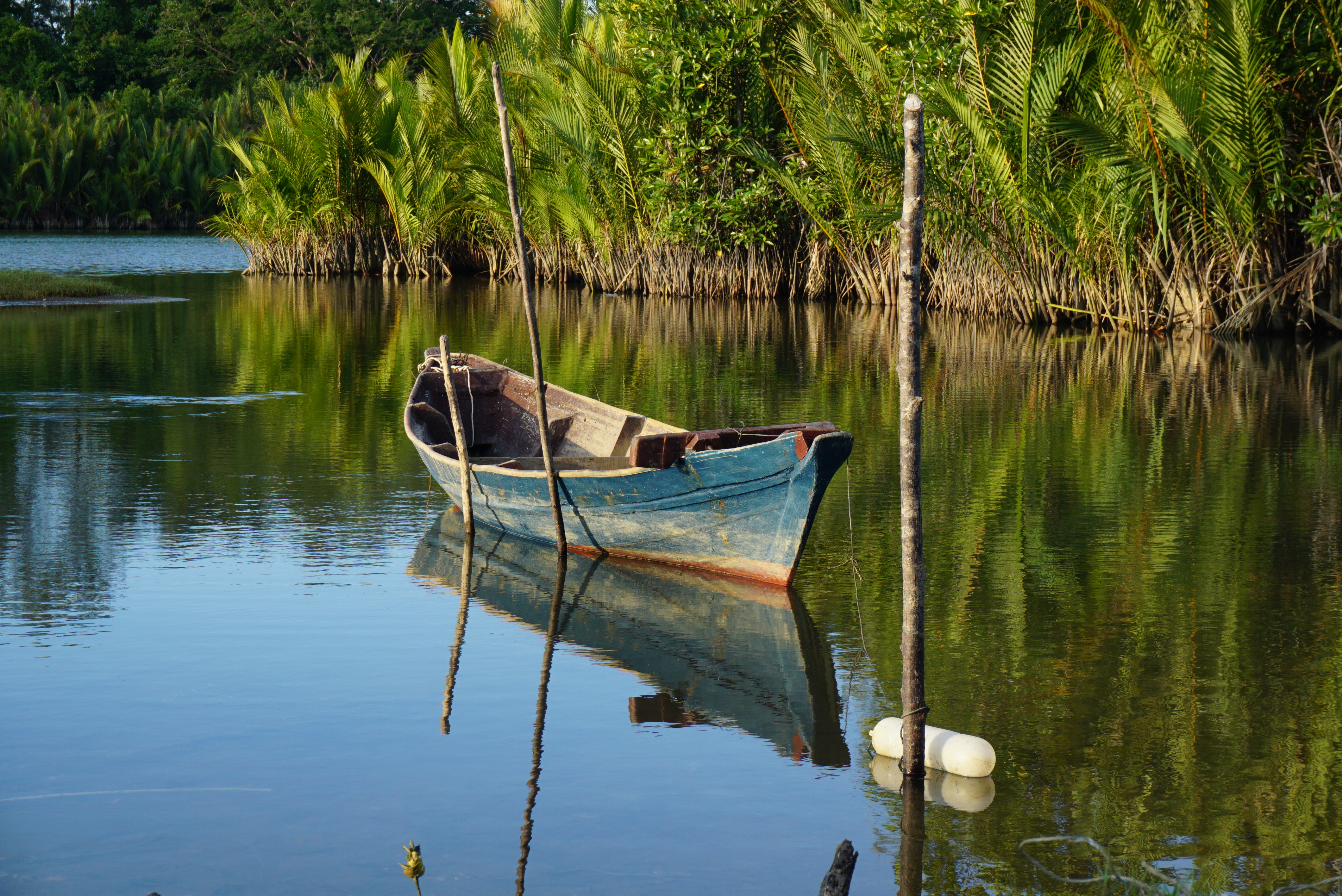
Setiu Wetlands is a major aquaculture spot. The local residents are involved in brackish water cage culture, pond culture, pen culture and oyster farming. It is a large producer of grouper and oyster seeds. Other than that, the lagoon is also a natural harbour for fishing boats of the fishermen surrounding the area. Local industries at the local villages such as the production of seafood-based delicacies such as budu (fermented fish sauce), fish crackers, dried anchovies and belacan (shrimp paste). Small fishing boat-making industry is also carried out by the villagers.
-
LED Ultra HD Flatscreens
-
Free High-Range WIFI
-
Kitchen With Fireplace
-
Hot Whirlpool & Steambath
-
Terrace & Barbecue Smoker
-
Size: 75 - 90 m²
-
Beds: 4 - 7
-
Occupancy: 4 - 10 Persons
FLORA & FAUNA
Many plant and animal species live in the wetlands, including a number of rare and endangered species. The plants that grow in wetlands provide shelter from predators for prey species and nesting areas for birds, while the water gives fish and shellfish a place to spawn. Some animal species spend their entire lives in the wetlands, while others -- called obligate species -- need to visit the wetlands to breed or raise offspring.
PLANTS

